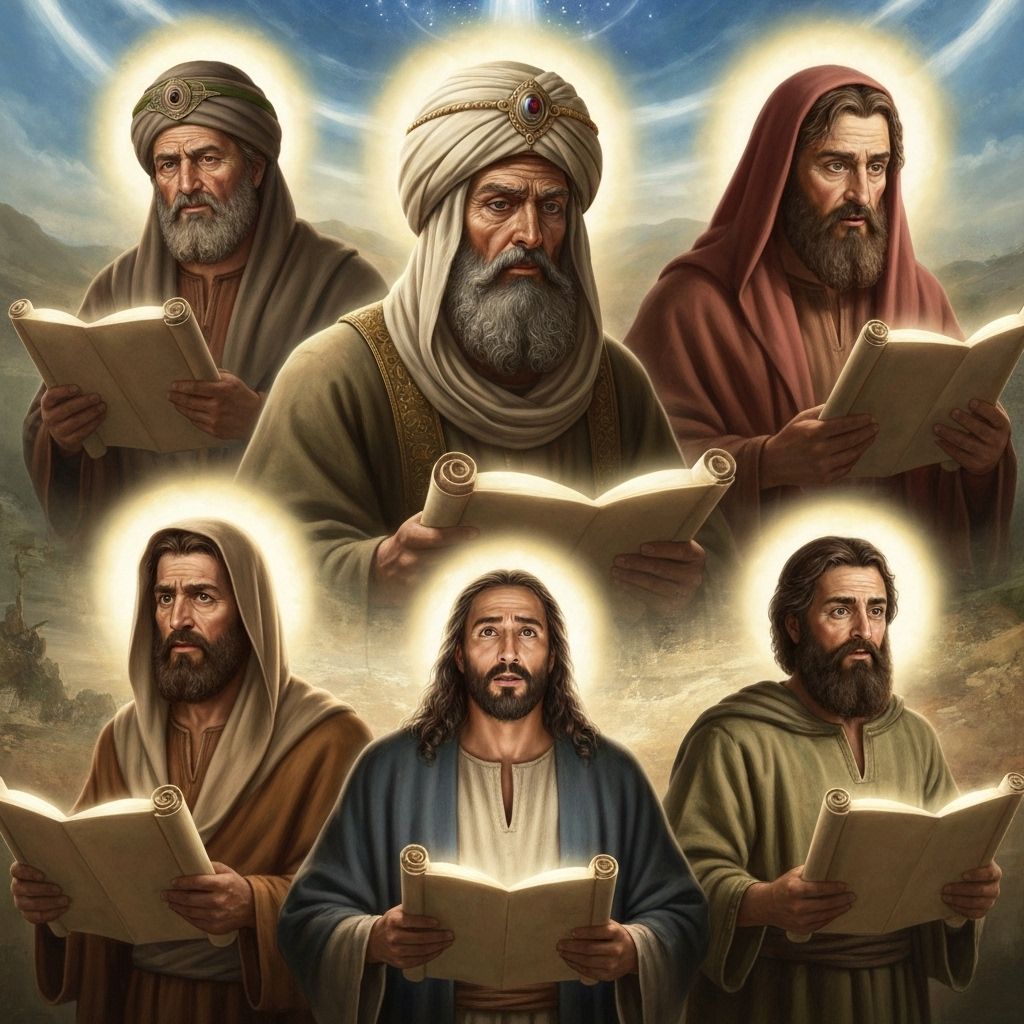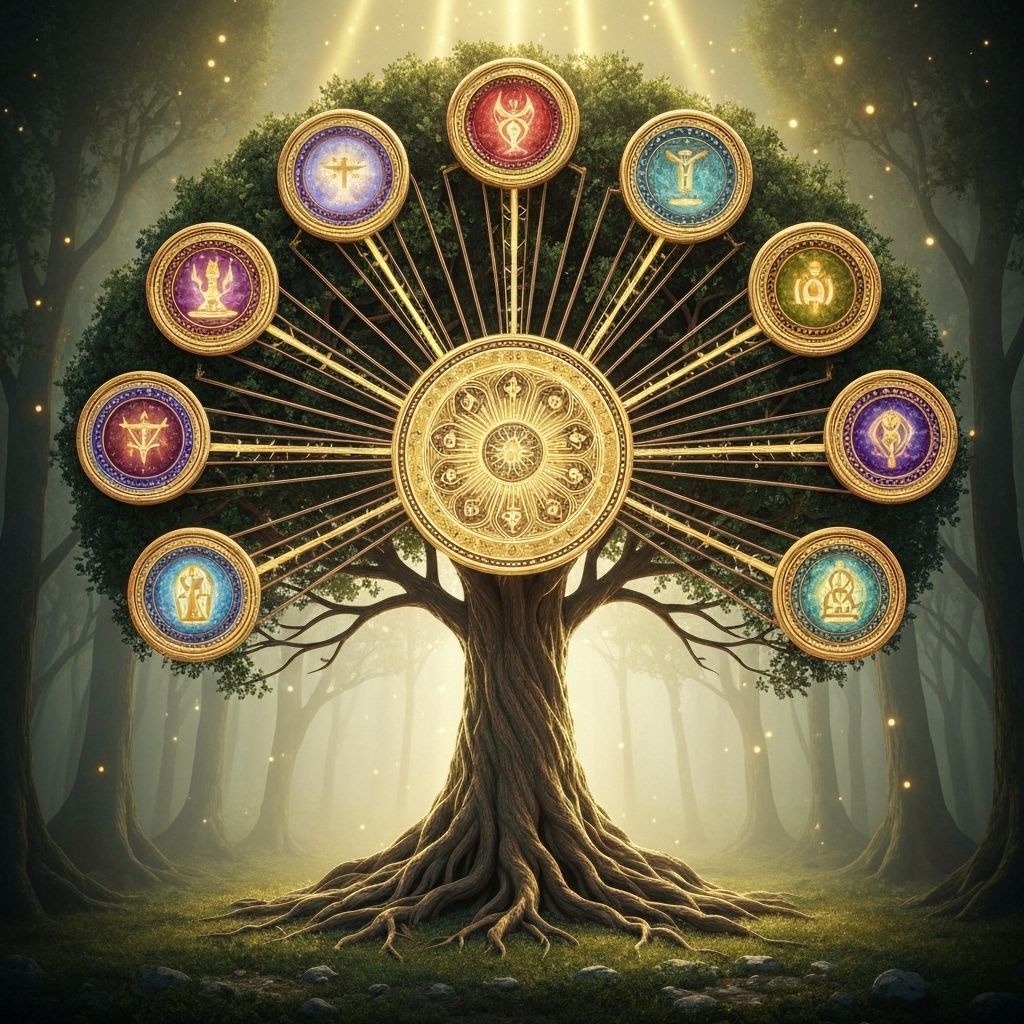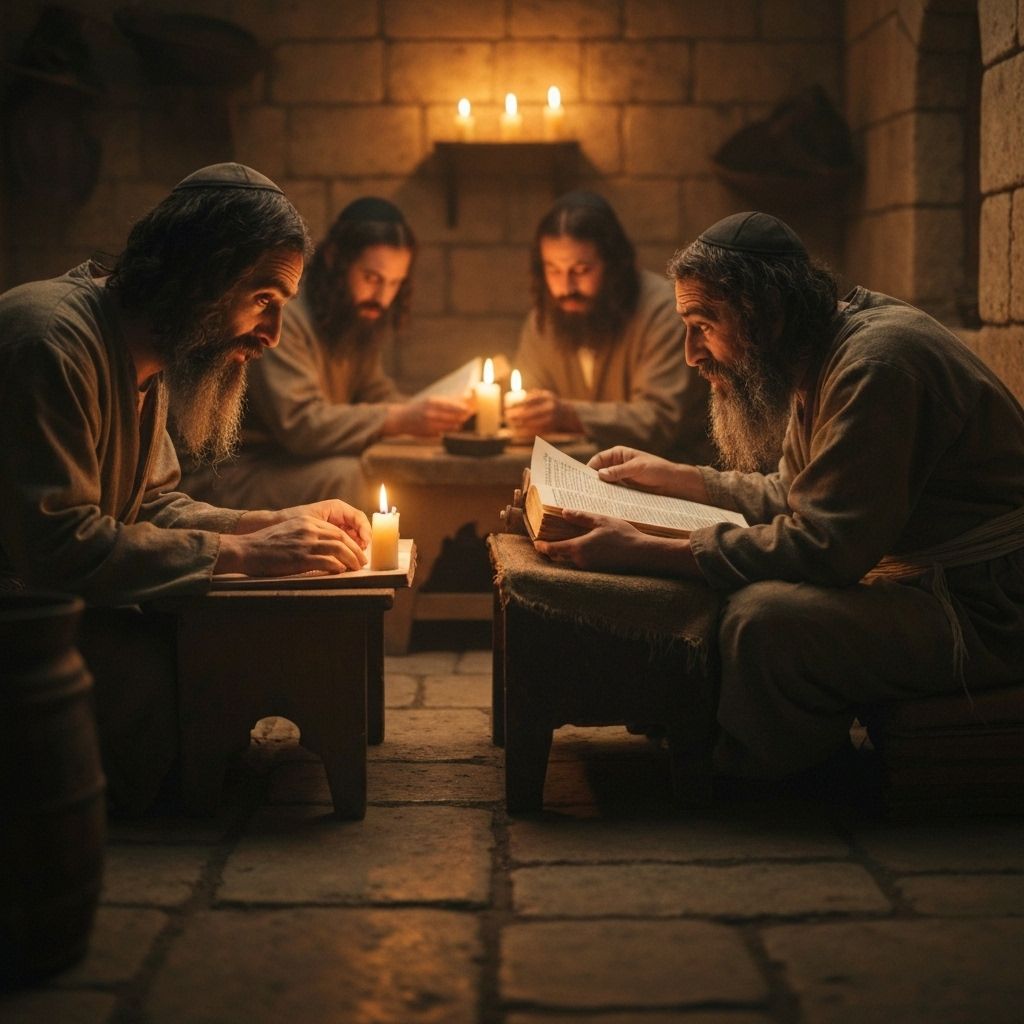3-Minute Summary
The Words of the Torah Explained with Help from Rashi and Ramban
Rashi (1040-1105) was a medieval French rabbi whose commentary on the Torah and Talmud is considered essential reading. His explanations focus on the plain meaning of the text and are known for their clarity and accessibility.
Ramban (1194-1270) was a Spanish rabbi, physician, and philosopher who provided deeper mystical and philosophical insights into the Torah, often building upon Rashi's work while adding his own profound interpretations.
The parsha opens with the blessings for covenantal observance, promising timely rains, abundant harvests, peace, and security. These blessings represent the natural harmony that occurs when human society aligns with divine will.
The curses for covenantal violation include famine, defeat, disease, and exile. These represent the disintegration that occurs when human actions contradict divine purpose and moral order.
The blessings and curses demonstrate that divine justice is not arbitrary but responsive to human choices. Blessing and curse are two sides of covenantal relationship—reward for faithfulness and consequence for violation.
The parsha emphasizes that even in exile, Hashem will remember the covenant and restore the people if they repent. This shows that divine love endures even through punishment and that teshuvah (repentance) can restore relationship.
The laws of property valuations allow people to dedicate property to the Temple by paying its assessed value. This creates a system where material possessions can be transformed into spiritual dedication.
The second tithe must be eaten in Jerusalem or redeemed for money that is spent on food and drink in the holy city. This law connects agricultural blessing with spiritual celebration and pilgrimage.
Throughout the parsha, Hashem repeatedly emphasizes 'I am Hashem,' underscoring divine sovereignty and the covenantal relationship that binds the people to divine will and protection.








